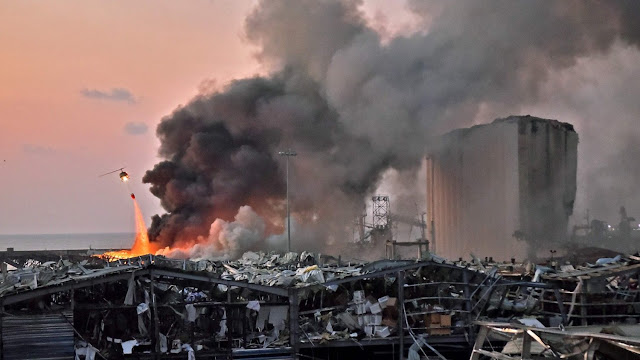Alert News: WHO Confirms Coronavirus Can Be Airborne | Wearing Masks Is Of Paramount Importance
The Geneva-based World Health Organization (WHO) acknowledged this week that the novel corona-virus can spread through tiny droplets floating in the air, saying they will issue new guidelines about transmission in settings with close contact and poor ventilation.
As the Corona virus causing havoc around the world; question that has often been asked is if it is airborne or not. This question has recently been thrown back into the limelight by a group of 239 scientists from 32 countries, who addressed a letter to the World Health Organization(WHO) arguing against WHO’s guidelines of coronavirus not being airborne, and asking it to revise its position the growing evidence that coronavirus IS, in fact, airborne in crowded indoor spaces.
The WHO has previously said the virus causing Covid-19 respiratory disease spreads primarily through small droplets expelled from the nose and mouth of an infected person that quickly sink to the ground.
The WHO has long maintained that COVID-19 is spread via larger respiratory droplets, most often when people cough or sneeze.
Changing
their previous statements, WHO noted that researches exploring COVID-19
outbreaks in fitness classes, restaurants, etc. suggesting the airborne
transmission of coronavirus might be headed in the right direction.
It noted that crowded spaces that have been exposed to infected persons may still have virus particles if they’re not properly ventilated. But it also pointed out that other modes of transmission (like close contact between people and contaminated surfaces in such environments) could have been at play either.
Dr Benedetta Allegranzi, WHO’s technical lead on infection control, however said this form of airborne transmission is very different from airborne transmission of viruses like measles, "which are truly airborne in the sense that they spread primarily in the air"."I think this distinction between the two types of airborne transmissions should be kept in mind," she said.
Elaborating on these tiny droplets, she said since they are very small, they could remain in the air for 10-15 minutes after coming out from someone's mouth.
"If you happen to enter that space and breathe that air, you may get infected because the tiny droplets containing the virus are still in the air," she said.
Airborne transmission doesn’t necessarily mean these places must stay closed (although that would be ideal). But wiping down surfaces with disinfectant, and having everyone wear masks, won’t be enough. To safely reopen, these spots will not just need to reduce the number of people allowed inside at any given moment; they will also need to reduce the amount of time those people spend there. Increasing social distancing beyond six feet would also help keep people safer.
If you find this post useful, help it get spread by sharing with a friend or on Twitter or Facebook. Thank you!
Published By
Aravind | World Uncensored.
Follow us on Instagram
Subscribe our Youtube Channel.
Write us to worlduncensored1@gmail.com. 




Comments
Post a Comment